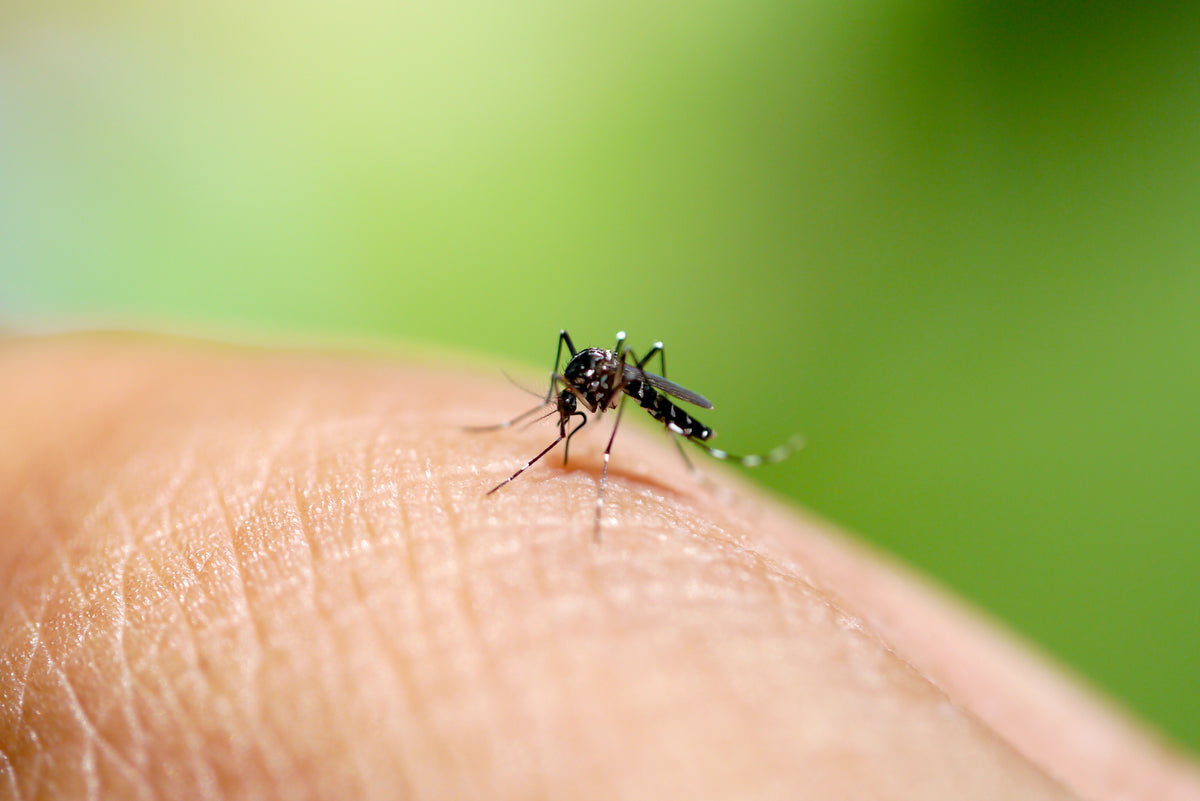
Understanding Mosquito Bites: The Science Behind the Redness and Itch and the Role of Natural PMD-Based Repellents
Mosquitoes are not only an annoyance but also a public health concern due to their ability to transmit diseases. A frequent question is why their bites become red and itchy. This article explains the science behind mosquito bites and highlights the significance of using effective PMD-based insect repellents to prevent these bites.
What is a Mosquito?
Mosquitoes are small, winged insects from the Culicidae family. Only female mosquitoes require blood, which they use for the development of their eggs.
The Mechanics of a Mosquito “Bite"
The term "bite" is somewhat misleading. In reality, when a female mosquito feeds, she employs her proboscis, a specialised mouthpart, to pierce the skin and tap into the blood vessels beneath.
Why Do Mosquito Bites Turn Red and Itch?
The reaction observed after a mosquito bite results from several interactions:
- Introduction of Saliva: While feeding, the mosquito injects her saliva into the bloodstream. This saliva contains proteins foreign to human systems.
- Immune Response: The human immune system detects these proteins, resulting in the release of histamine, a compound instigating an inflammatory response.
- Inflammation and Itching: Histamine causes local blood vessels to swell, inducing inflammation. This inflammation, in turn, irritates nerve endings, causing the itch.
- Redness: The red bump seen is due to the skin's inflammatory response, indicating the body's recognition and reaction to an alien substance.
The Importance of PMD-Based Repellents
Para-Menthane-3,8-diol (PMD) is a naturally derived compound found in oil processed from the Java Citronella plant and has been recognised as an effective mosquito repellent. Using a PMD-based repellent offers several advantages:
- Effectiveness: PMD-based repellents have been shown to provide long-lasting protection against a wide range of mosquitoes, midges, ticks and other insects.
- Natural Origins: As a derivative of Java Citronella oil, PMD offers a natural alternative to synthetic chemicals.
- Safety Profile: PMD repellents are a safe alternative to nasty chemical based repellent.
For those venturing into mosquito-prone areas you can get tropical strength repellents or simply wanting to enjoy an evening outdoors without the nuisance of mosquito bites, PMD-based repellents are a great choice.
Managing Mosquito Bites
If bitten:
- Avoid scratching to minimize the risk of secondary infections.
- Apply a cold compress.
- Use anti-itch creams or calamine lotion.
Conclusion
While the body has its defence mechanisms, proactive prevention using effective repellents, particularly those based on natural PMD, is vital to minimise the risks and discomforts or potential life threatening disease associated with mosquito bites. Take a look at the fantastic range of repellents from THEYE
